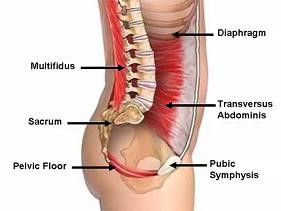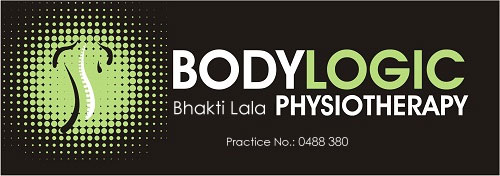 There is a fashionable trend and need in the public space to “strengthen the core”. Unfortunately, there is also great misunderstanding about what the core is, as well as when, why and how it needs to be strengthened. If you believe that tightening your tummy muscles is ‘activating your core’, read on…
There is a fashionable trend and need in the public space to “strengthen the core”. Unfortunately, there is also great misunderstanding about what the core is, as well as when, why and how it needs to be strengthened. If you believe that tightening your tummy muscles is ‘activating your core’, read on…
The area of the body between the diaphragm and the pelvic floor is your ` core`. It includes the joints of the lower thorax, lumber spine and pelvis, and sets of deep and superficial supporting muscles. The deep core muscles comprise of the Tranversus Abdominis, Multifidus, Diaphragm and the pelvic floor muscles. We are not normally conscious of the functioning of this muscle system. The deep core muscles are tasked with activating to prepare the body for movement. They activate precisely and timeously to provide muscular stabilisation and control for lumbopelvic region during movement. When deep core muscles do not activate correctly, the lower back and pelvis are left vulnerable to dysfunction, injury and pain.
The integrity of the core generally needs to be assessed before strengthening exercises may be prescribed to achieve a set goal over a specified period of time. The core stabilization exercise involves the simultaneous contraction of the pelvic floor, Tranversus Abdominis and Multifidus muscles, without employing inappropriate strategies like breath-holding, ‘pulling-in’ the tummy or flattening the lower back. Using inappropriate strategies may actually aggravate symptoms.
Indefinite long term core strengthening may also aggravate pain over time. Therefore, we emphasize appropriate assessment of the core muscles and put effort into teaching correct core stabilization and training.
